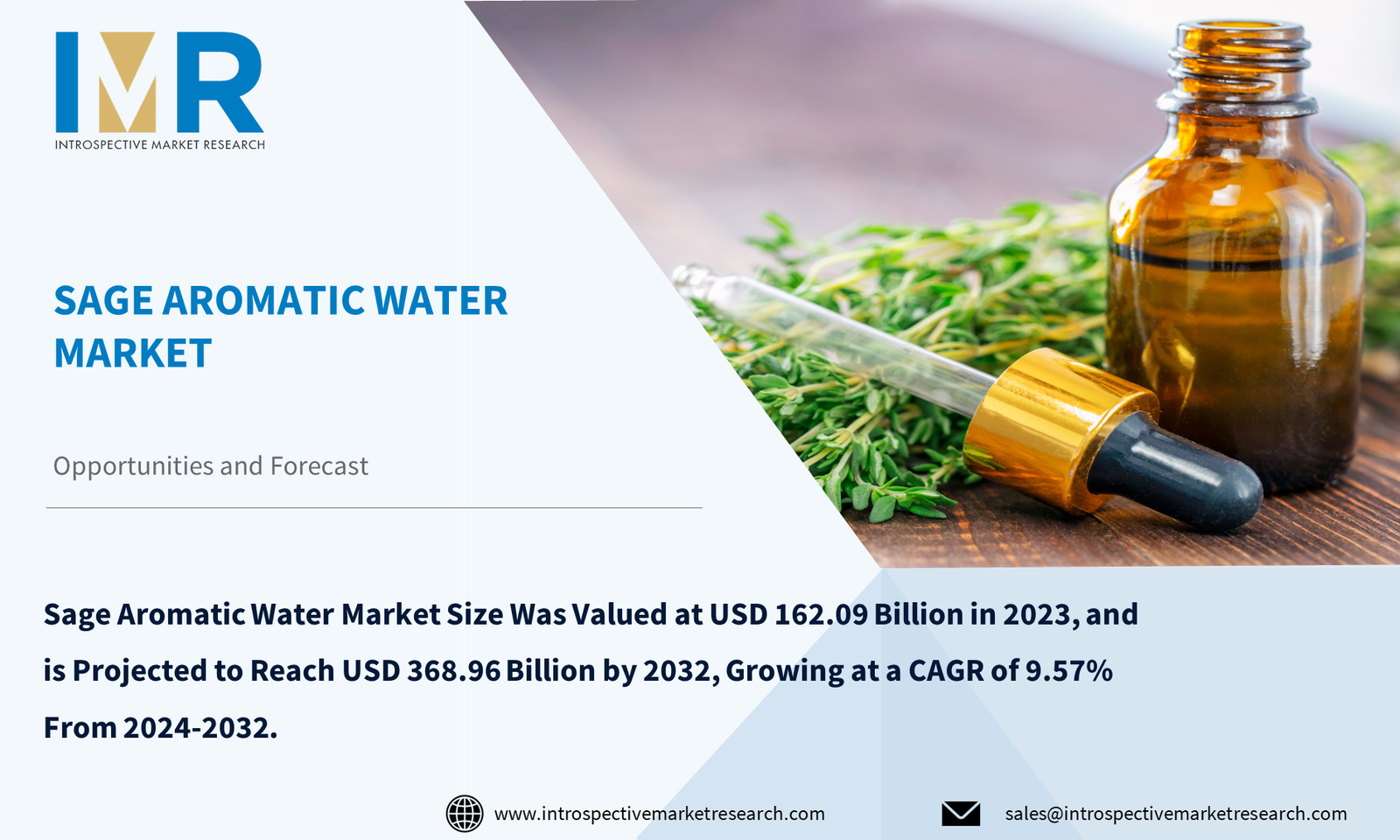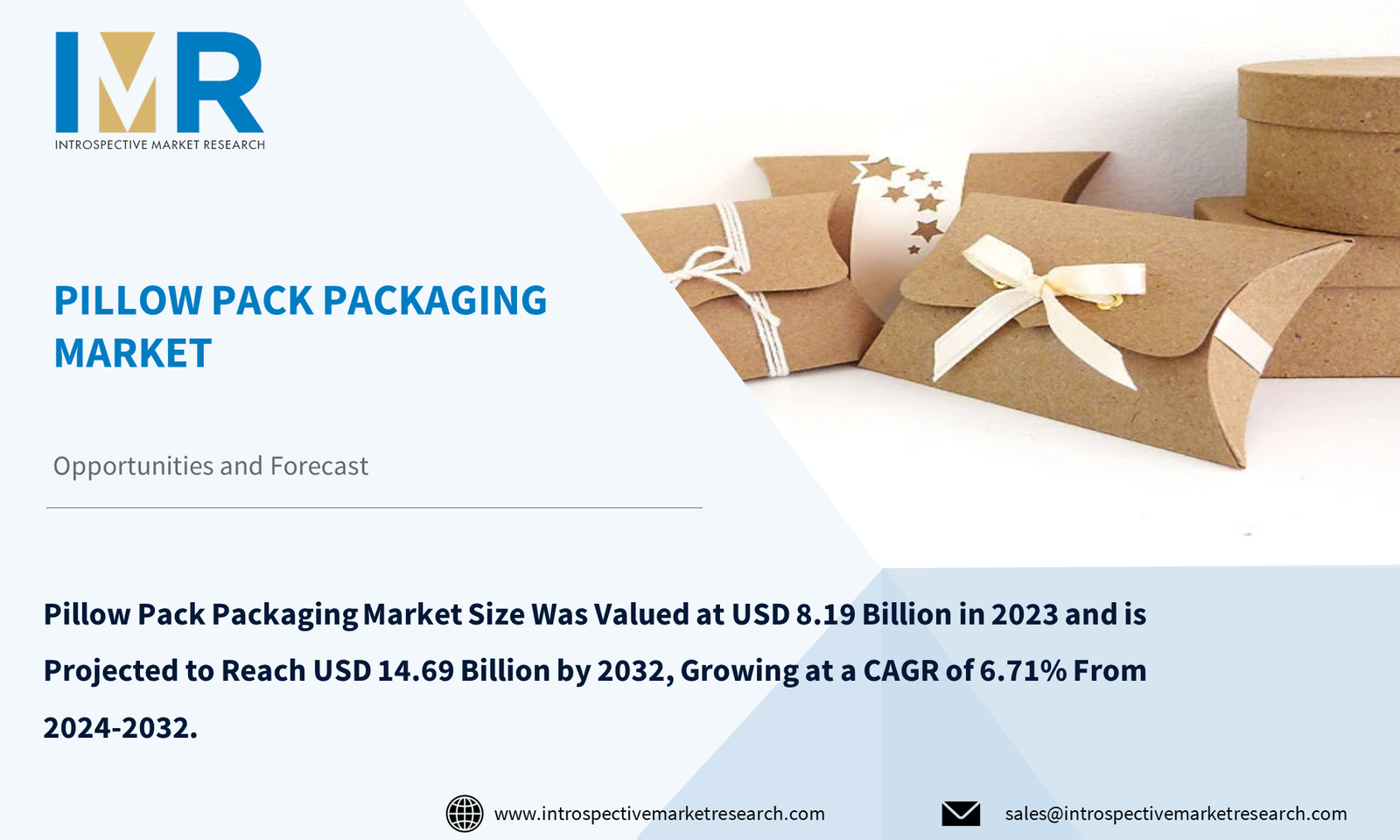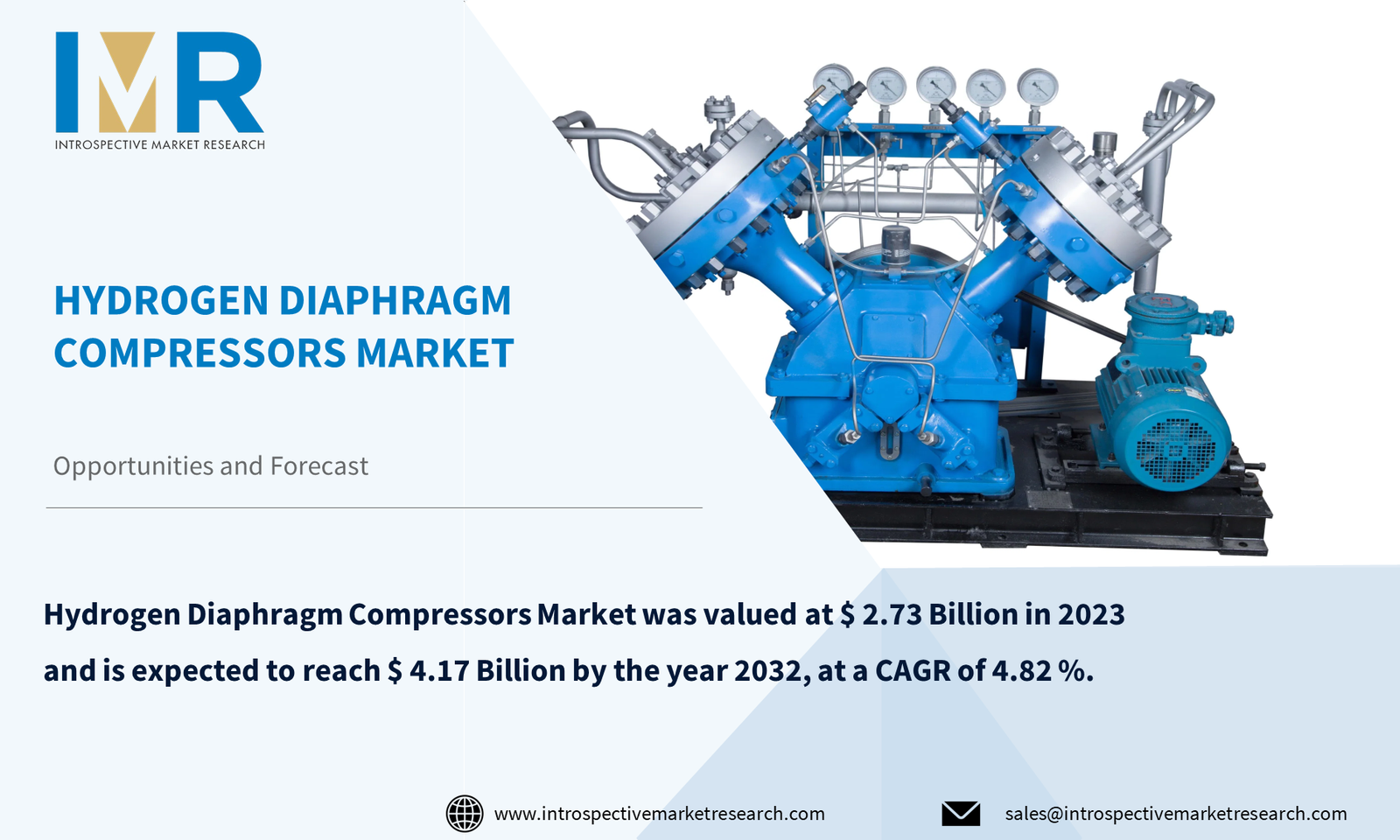Market Overview:
The global market for Vertical Farming, which was expected to be worth USD 3.08 billion in 2021, is expected to increase to USD 7.71 billion by 2028, with a CAGR of 14% throughout the forecast period.
Vertical farming is one such solution that has been used all over the world. Food crops can be grown easily in urban areas using Vertical Farming by planting in vertically stacked layers. Controlled-environment agriculture, which aims to optimize plant growth, and soilless farming techniques such as hydroponics, aquaponics, and aeroponics are frequently used. Buildings, shipping containers, tunnels, and abandoned mine shafts are common structures used to house vertical farming systems. The primary benefit of using vertical farming technologies is increased crop yield with a smaller unit area of land requirement. Another sought-after advantage is the increased ability to cultivate a wider variety of crops at once because crops do not share the same plots of land while growing.
Market Dynamics and Factors:
Vertical farming is promising for agriculture's future. The land requirement is quite low, water consumption is 80% less, water is recycled and saved, pesticides are not used, and in the case of high-tech farms, there is no real reliance on the weather. A vertical farm makes farming possible within the confines of a city. When farms are nearby, the product is delivered quickly and always fresh, as opposed to the refrigerated produce typically available at supermarkets. Transportation reduction reduces the cost of fossil fuels and the resulting emissions, as well as transportation spoilage. Increased consumer demand for organic products, fueled by a higher standard of living and more disposable income, has paved the way for the development of vertical farming. As a result, it is expected to have the largest share of the vertical farming market during the forecast period.
Vertical Farming Market Report Highlight:
In the Vertical farming market, Hydroponics is expected to have the maximum market share, during the projected period. Plants grow faster in a hydroponic system because the nutrient solution can be adjusted to provide the best conditions for growth, which helps to drive the market.
In the Vertical Farming market Shipping container-based vertical farm is expected to dominate the market share during the forecast period. Shipping container farms are small, compact, and easy to transport by truck or rail. This means they can be used in both rural and urban settings (provided zoning laws allow). Container farms use approximately 90% less water than a typical 1.5-acre land farm because they recycle their water, that’s helping the market to grow.
In the Vertical Farming market, the Indoor segment is expected to have the maximum market share during the forecast period. Indoor farming regulates plant fertilizing nutrients, resulting in highly nutritious food. As a result, it is expected to have the largest share of the vertical farming market during the forecast period.
The Asia Pacific region is anticipated to grab the maximum market share of the Vertical Farming market over the projected period. The region is home to some of the world's largest indoor vertical farms, and it is experiencing an increase in demand for organic food, giving growth to the market.
Major Key Players for Vertical Farming Market:
- Signify (Netherlands)
- Spread (Japan)
- Osram (Germany)
- Vertical Future Ltd (UK)
- Freight Farms (US)
- Swegreen (Sweden)
- AeroFarms (US)
- Bright Farms (US)
- sky Greens (Singapore)
- Plenty (US)
- Valoya (Finland)
- Everlight Electronics (Taiwan)
- Heliospectra AB (Sweden
- Green Sense Farms (US)
- Agrilution (Germany)
- American Hydroponics (US)
- Urban Crop solutions (Belgium)
- Vertical Farm Systems (Australia)
Key Industry Development:
In August 2021, AeroFarms announced plans to expand into the Middle West as part of a collaboration with the World Wildlife Fund (WWF) and St. Louis Controlled Environment Agriculture Coalition (STLCEA) to demonstrate innovative strategies for reducing the environmental footprint of indoor and vertical farming.
In July 2021, Heliospectra AB, a global leader in intelligent lighting technology for vertical farming, announced a new seller partnership with MineARC Systems, a global leader in the manufacture and supply of controlled environments. Heliospectra's market-leading LED lighting and lighting control solutions will be represented in Australia by the company.
Vertical Farming Market Segmentation:
By Growth Type
- Hydroponics
- Aeroponics
- Aquaponics
By Structure
- Building-based vertical farm
- Shipping container-based vertical farm
By Application
- Indoor
- Outdoor
For this report, Introspective Market Research has segmented the Vertical Farming Market based on region:
Regional Outlook (Revenue in USD Million; Volume in Units, 2022-2028)
- North America
- U.S.
- Canada
- Mexico
- Europe
- Germany
- France
- UK
- Italy
- Turkey
- Rest of Europe
- Asia Pacific
- China
- India
- Japan
- South Korea
- Indonesia
- Vietnam
- Thailand
- Rest of Asia-Pacific
- Middle East & Africa
- Saudi Arabia
- South Africa
- Iran
- Rest of MEA
- Latin America
- Brazil
- Argentina
- Rest of LATAM







